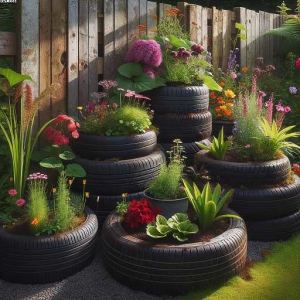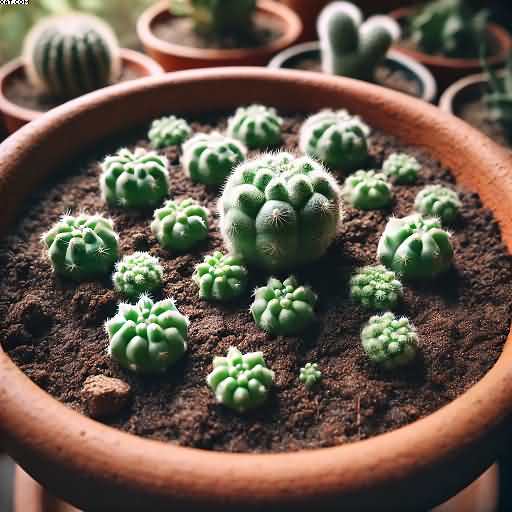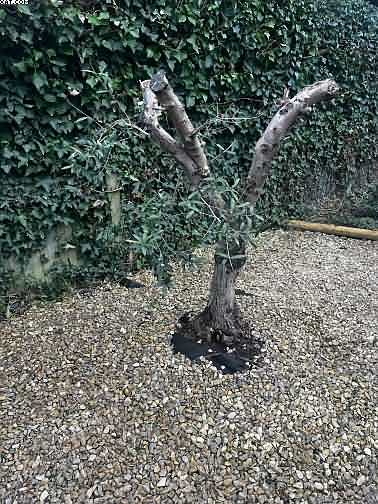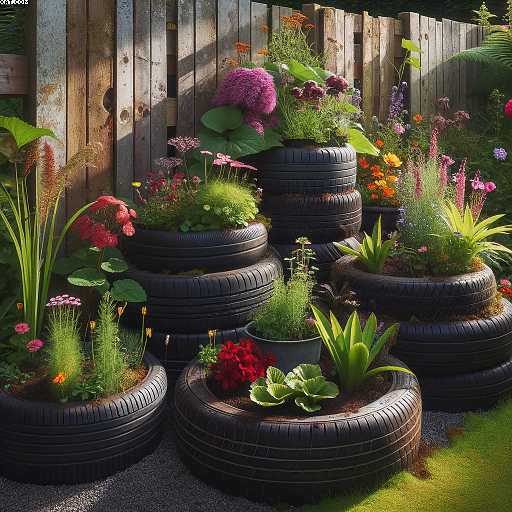Phoenix Cactus Haven Visit
Table of contents
Phoenix Cactus Haven Visit

A Cactus Lover’s Dream: A Tour of Phoenix, Arizona’s Desert Botanical Gardens
Recently, a close friend treated me to a tour of the Desert Botanical Gardens while I was in Phoenix, Arizona. Cacti have always been a favourite of mine, so I was ecstatic. Seeing these interesting desert dwellers in their native habitat was kind of a dream come true for me because I have a tiny but treasured collection of cacti back home in the UK.
Initial Thoughts: An Abundant Sea of Spikes and Green
The size and diversity of the plants are the first things that catch your attention when you walk into the gardens. Although it’s simple to imagine the desert as a desolate, dead area, that couldn’t be further from reality.
A breathtaking exhibit of plants flourishing in the most extreme circumstances may be found at the Desert Botanical Gardens. Saguaros that towered over me and some of which reached over 40 feet into the sky were like desert sentinels as I walked through them. Even people who don’t know much about cacti may recognise them right away thanks to their distinctive arms.

Examining the Collections: The Finest Cacti
Over 50,000 species are spread throughout five themed trails in the gardens. But naturally, the cacti piqued my curiosity the most. It seemed like being in a living cactus encyclopaedia, from the barrel cacti.Of course, which are robust and spherical, to the prickly pears, which have flat pads and vivid colours.
The golden barrel cactus, with their vivid yellow-green spines that almost seem to sparkle in the sunlight, captivated me for a long time.
Seeing the variety within the cactus family was quite fascinating. The little cactus I have on my windowsill at home has always appealed to me. But seeing these giants made me realise how versatile and different they are.
The Cholla Garden, which was home to the notorious “jumping cholla,” was particularly intriguing. After hearing the terrifying tales of those barbed spines that adhere to your skin at the first sign of contact, I avoided getting too close!
Succulents and Cacti: The Masters of Survival in Nature
Finding out more about how these plants endure in such a harsh environment was one of the highlights. I’m always amazed at how resilient cacti are. They may survive for months without rain because of their thick, meaty stems’ capacity to hold water.
Even in the driest environments, some plants, like the saguaro, may survive for more than 150 years and grow extensive root systems to obtain water.
I also spent some time in the succulent garden, which included plants that retain water in their leaves in addition to cacti. The gorgeous aloe vera plants and agaves, with their jagged, spiky leaves, were breathtaking.
The succulents here made me consider slightly growing my collection, even though I still adore my cacti collection from the UK. After all, they exist in a vast array of shapes and sizes and are equally as intriguing and resilient as cacti.

Resources for My Collection in the UK
I couldn’t help but feel motivated to attempt to replicate some of this desert beauty at home. As I strolled around the gardens.
Although the UK’s climate is obviously not conducive to desert plants. I’m fortunate that succulents and cacti may flourish indoors, particularly on a sunny windowsill.
I’ve already begun gradually expanding my collection, and I’m resolved to find a few more species after this visit. I also brought back a couple of tiny cacti that I had purchased from the garden’s gift store.

The Blooming Desert: An Unexpected Vibration of Colour
I was surprised to learn how colourful the desert might be. Cacti are typically thought of as green, prickly plants; however, many of them have the brightest flowers.
The gardens were speckled with pink, orange, yellow, and red hues.
Although I was not fortunate enough to witness one open this time, the night-blooming cereus. So,for instance, produces beautiful white blossoms.
I was reminded by the beauty of these blooms that cacti are full of surprises despite their hard exteriors.
Despite their tough and resilient appearance. They are capable of producing some of the most exquisite and delicate flowers found in the plant kingdom.

Concluding Remarks: An Essential Stop for Cactus Fans
Anyone who enjoys cacti and desert fauna should visit Phoenix’s Desert Botanical Gardens.
In the midst of the desert, it is a veritable oasis of beauty and knowledge.
For me, it was an opportunity to learn more about the special adaptations and survival techniques. Hence, of these amazing plants in addition to getting a close-up look at them.
I’m already considering how to incorporate some of that desert atmosphere into my own house now that I’m back in the UK.
I’m excited to see where my renewed interest in these spiky plants will lead me. Including my small collection of cacti is expanding!
I strongly advise visiting Arizona if you ever get the chance; you won’t regret it!




















